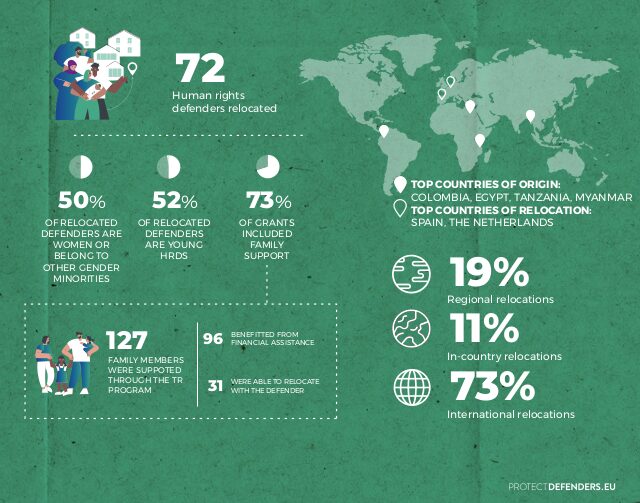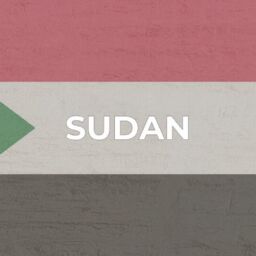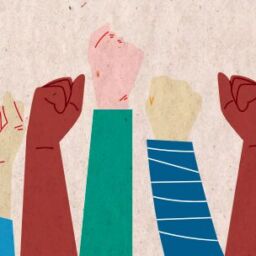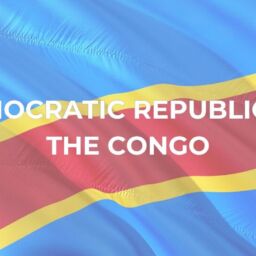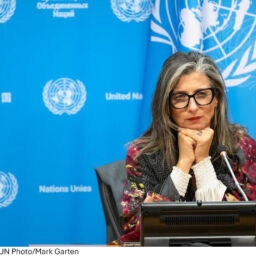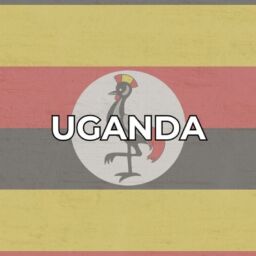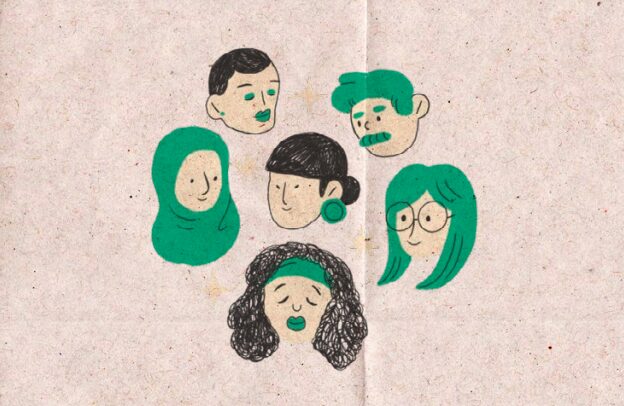
We often mention it in our updates, reports, or public statements: “the EU HRD Mechanism.” But what exactly is it? Why does it matter so much, and what does it actually do?
In 2023–2024, with threats against civil society rising globally, the EU Human Rights Defenders Mechanism—ProtectDefenders.eu—emerged as a crucial support system for those on the front lines of human rights work. As we illustrate in our latest annual report, our collective work reflects both the scale of the challenges faced by human rights defenders and the undeniable impact of civil society’s coordinated responses when institutional and financial support is strong and unequivocal..
What is EU HRD Mechanism?
Established in 2015, the EU Human Rights Defenders Mechanism is a flagship initiative funded by the European Union and implemented by a consortium of human rights organizations. It exists for a simple but powerful purpose: to protect and support human rights defenders (HRDs) who are at risk, wherever they are in the world.
Whether someone is being targeted for exposing corruption, defending indigenous land, reporting war crimes, or supporting women’s and LGBTQIA+ rights, this mechanism provides tailored, rapid, and often life-saving assistance.
It is implemented by the ProtectDefenders.eu consortium, which serves as the operational arm of the mechanism—mobilizing emergency support, coordinating relocation, funding legal aid, strengthening defenders’ resilience, and much more.
A Year of Urgent Action
Over the past year, ProtectDefenders.eu provided direct support to 10,518 human rights defenders in 113 countries. That’s more than 10,000 people, communities, and families who received tangible help—often in the form of emergency relocation, digital security assistance, legal defense, or psychosocial care – and that have been able to go on with their work.
Crucially, the mechanism prioritizes the most at-risk groups. In 2023–2024, over 90% of support went to defenders from high-risk categories, including women human rights defenders (WHRDs), LGBTQIA+ activists, environmental defenders, and those facing systemic discrimination. At least 50% of beneficiaries identified as women or gender minority defenders, reflecting the gender-sensitive and intersectional strategy at the heart of this work.
An example of which we are really proud is the one of a Belarusian human rights defender, at imminent risk of persecution, that was urgently relocated to Valencia, Spain, following a referral by the Spanish Ministry of Foreign Affairs to ProtectDefenders.eu. The HRD, previously detained, persecuted due to his legal aid work, received extensive support: daily interpretation, therapy, medical care, legal assistance, advocacy opportunities, and integration services.Here, we collaborated with Colectiva Mujeres Refugiadas y Emigradas, a tailored relocation plan was developed, addressing language barriers, psychosocial trauma, and security needs.
This case illustrates how multi-stakeholder cooperation — between ProtectDefenders.eu, the Spanish Ministry, local hosts, and the HRD’s Belarusian organization Viasna — can create flexible, holistic protection for defenders under threat. It underscores the power of tailored relocation, visa facilitation, and psychosocial care in preserving both safety and dignity for HRDs.
Not Just Support—Systemic Change
ProtectDefenders.eu doesn’t just respond to emergencies. It also works to improve long-term conditions for HRDs, and this year marked a major policy achievement: thanks to sustained advocacy, the EU Visa Code Handbook was updated to make it easier for defenders at risk to obtain visas when they need safe passage.
This change—championed under the banner #Visa4HRDs—is called to have a real impact, allowing defenders to apply from third countries, benefit from fast-track processing, and have fees waived in urgent cases.
A Critical Gap in Resources
Despite these efforts, the scale of the need remains overwhelming. In 2023–2024, only 20% of eligible requests for support could be fully met. Financial sustainability is a growing concern. With cuts in international funding for human rights and rising repression, the EU now plays an outsized role as one of the last major global actors in defender protection. Despite these efforts, the scale of the need remains overwhelming. In 2023–2024, only 20% of eligible requests for support could be fully met. Financial sustainability is a growing concern. With cuts in international funding for human rights and rising repression, the EU now plays an outsized role as one of the last major global actors in defender protection.
Our research last year revealed a strong disconnect between donor rhetoric and actual funding for human rights defenders (HRDs). While overall disbursements for HRDs grew modestly from 2017–2020, they remained stagnant at just 0.11% of total ODA annually. Support continues to flow through large international NGOs, despite commitments to localization, which would allow a more effective action. Only 19–24% of HRD-specific funding reaches local actors directly, particularly those working outside capitals or on feminist, LGBTIQ+, and informal movements. Regional disparities persist, with declining support in MENA, and donor priorities shifting toward stability and migration control rather than rights. This trend reinforces the need for more strategic, flexible, and locally rooted funding approaches that truly meet the necessities of the most at-risk defenders.
Why This Mechanism Deserves the Spotlight
In a year where so much space for civil society was closed, ProtectDefenders.eu helped keep space open—literally and figuratively—for thousands of defenders. It’s not just an abstract mechanism. It’s a concrete, effective tool for saving lives, upholding democratic values, and defending the defenders.
But to continue, it needs support. And it needs visibility. Now is the time to explain what it is, how it works, and why more people should care.


